ACCA F9 Financial Management - 2010 - Study text - Emile Woolf Publishing
Подождите немного. Документ загружается.

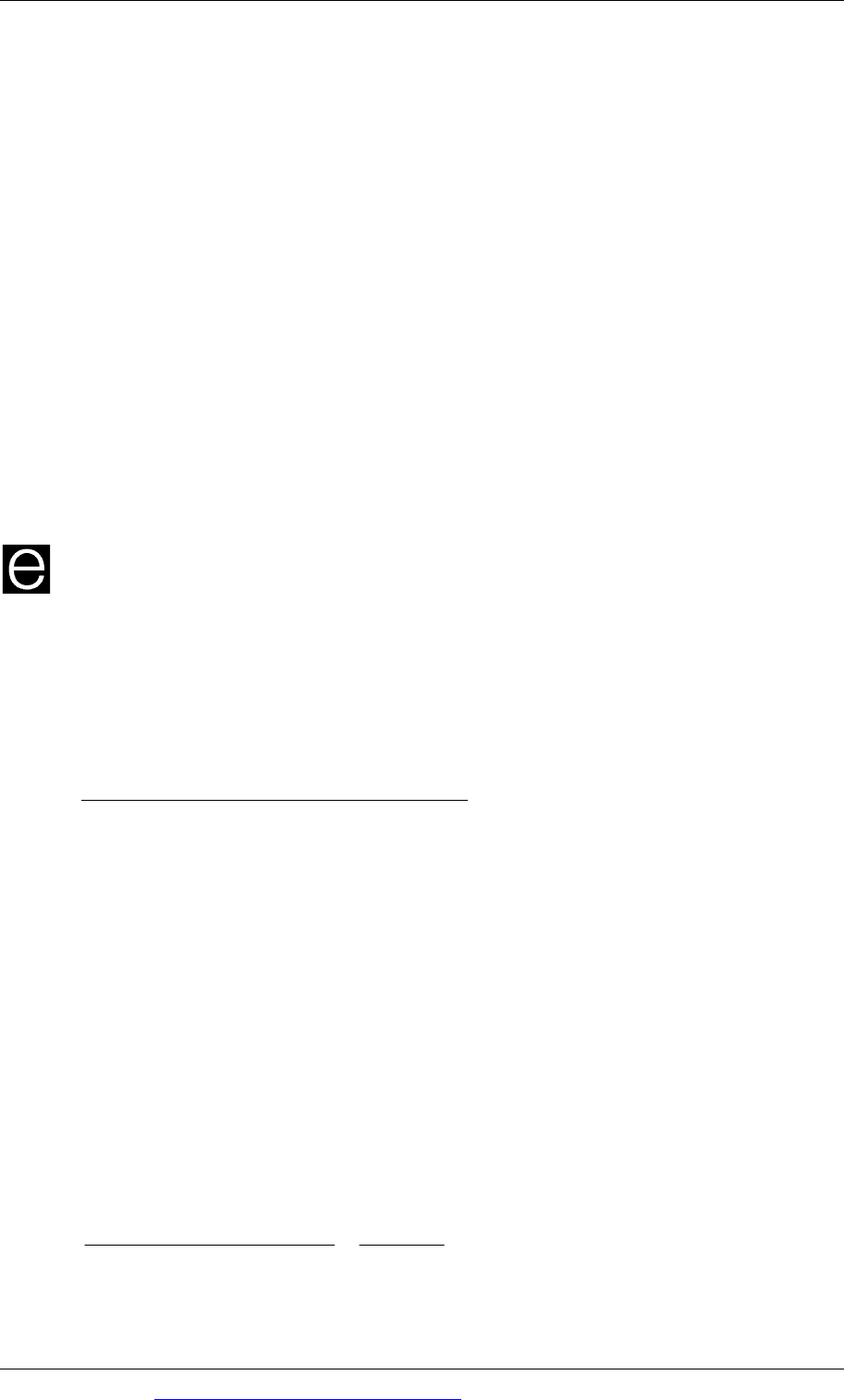
Chapter 19: Foreign exchange risk
© EWP Go to www.emilewoolfpublishing.com for Q/As, Notes & Study Guides 385
6.3 Constructing a hedge for a future currency payment
To create a money market hedge for a future currency payment, a similar approach
is required.
A company with an obligation to make a payment in foreign currency at a future
date should buy a quantity of the currency now and place it on deposit until the
payment is due to be made. The amount of currency placed on deposit, plus the
accumulated interest, should equal the amount of the future payment.
Buying the currency now spot will cost money. For the examination, it should
usually be assumed that the company has to borrow in domestic currency to buy
the foreign currency spot, and that the length of the loan period is the same as
the deposit period for the foreign currency.
At the end of the deposit period, the foreign currency deposit plus interest is
used to make the currency payment. The domestic currency loan has
accumulated interest, and the total amount now payable to settle the loan can be
used to calculate the effective interest rate for the currency transaction.
Again, an example might help to clarify the method.
Example
Suppose that a UK company is expecting to pay a supplier US$500,000 in six
months’ time, and it wants to fix an effective exchange rate for this transaction with
a money market hedge.
Spot six-month interest rates currently available in the money markets are as
follows:
Deposits
Borrowing
US dollar 4.125%
4.250%
British pound 6.500%
6.625%
The spot exchange rate (US$/£1) is 1.9770 – 1.9780.
Step 1
The company should deposit US dollars for six months. The deposit rate will be
4.125% (the lower of the two quoted rates). This is an annual rate, and in an
examination the rate for the interest period is calculated as an appropriate fraction
of the annual rate. Here, the interest for six months will be 4.125% × 6/12 = 2.0625%
or 0.020625.
The dollars placed on deposit plus accumulated interest after six months needs to be
$500,000, therefore the amount of dollars placed on deposit for six months should
be:
()
$489,896
1.020625
$500,000
periodtheforrateinterest1
amountFinal
==
+

Paper F9: Financial management
386 Go to www.emilewoolfpublishing.com for Q/As, Notes & Study Guides © EWP
Step 2
These dollars should be bought with British pounds. The appropriate spot rate is
1.9770. The company will therefore pay £247,798 to obtain the dollars.
We now assume that this money has to be borrowed for a six-month loan period.
The interest rate on deposits for sterling is 6.625%. This is an annual rate, and the
interest for six months will be 6.625% × 6/12 = 3.3125% or 0.033125.
After three months, the loan plus accumulated interest will be £247,798 × 1.033125 =
£256,006.
Step 3
At the end of six months, the US deposit plus interest is used to make the payment
of $500,000. The sterling loan is repayable with interest, and the amount payable can
be used to calculate an effective exchange rate for the money market hedge.
The effective exchange rate is therefore £1 = $1.9531 (= $500,000/£256,006)
Conclusion: forward exchange contracts and money market hedges
In practice, a money market hedge should result in an effective exchange rate
similar to the forward exchange rate. In the examination, however, one method of
hedging might well result in a more favourable exchange rate than the other.
An examination question might give you a set of exchange rates and interest rates
for two currencies, and details of a transaction that creates a currency risk exposure.
The question might then ask you to compare a forward exchange contract with a
money market hedge, and recommend which method of hedging is better.

Chapter 19: Foreign exchange risk
© EWP Go to www.emilewoolfpublishing.com for Q/As, Notes & Study Guides 387
Foreign currency derivatives
The nature of derivatives contracts
Futures contracts
Closing out a futures position
Other features of currency futures
Options
Features of currency options
Hedging risks with currency options
Advantages and disadvantages of hedging with options
Currency swaps
Conclusion: using currency derivatives
7 Foreign currency derivatives
7.1 The nature of derivative contracts
The concept of derivative contracts can be difficult to understand. A derivative
contract is a contract for the purchase or sale of an item that is derived from
something else.
For example, there might be a derivative contract for a commodity item such as
copper. A contract for the actual purchase of a quantity of copper involves the
delivery of the agreed quantity of copper by the supplier and payment by the buyer.
A derivative contract in copper involves an agreement for the future sale/purchase
of a quantity of ‘notional’ copper at an agreed price, with no intention to make an
actual delivery of any copper to the buyer. The purpose of the derivative contract is
to make an agreement now on the future price of the copper, and when the contract
is settled the payment (from buyer to seller or seller to buyer) depends on the
difference between the agreed price in the contract and the market price of copper
when the contract is settled.
Derivatives contracts are therefore contracts that deal in the price of an underlying
item, rather than a contract for the actual purchase and sale of the item.
Financial derivatives are derivative contracts in the price of financial items,
including:
foreign exchange rates (the price of currency), and
interest rates (the price of borrowing or lending).

Paper F9: Financial management
388 Go to www.emilewoolfpublishing.com for Q/As, Notes & Study Guides © EWP
Types of derivative contract
The main types of financial derivative contract are:
financial futures
options
swaps
This section describes currency derivatives.
7.2 Futures contracts
A future is a forward contract for the purchase or sale of a standard quantity of an
item, for settlement or delivery at a specified future date. Futures contracts have
some special features.
They are traded on an exchange, known as a futures exchange. In contrast,
actual forward contracts are negotiated ‘over-the-counter’. For example, a
company wishing to hedge a currency risk with a forward contract must
negotiate a deal directly with a bank. A company using currency futures must
buy or sell futures contracts on a futures exchange that deals in the relevant type
of contract.
Futures are standardised contracts. Every futures contract for the purchase/sale
of a particular item is identical to every other futures contract for the same item,
with the only exception that their settlement dates/delivery dates may differ.
For example, a currency future for euros against the US dollar is for the
purchase/sale of €125,000.
On every futures exchange, there are regular settlement dates for futures
contracts. These are usually in March, June, September and December. A
company might therefore buy or sell March futures for settlement in March, or
June futures for settlement in June, and so on.
Most currency futures are contracts for the major international currencies. For
example:
Currencyfuture(CME) Amount
USdollar–euro €125,000
USdollar–yen 12.5millionyen
USdollar–Britishpound £62,500
USdollar–Swissfranc SFr125,000
USdollar–Canadiandollar C$100,000
An important feature of most futures contracts, including currency futures, is that
the contract involves the purchase and sale of a
notional quantity of the underlying
item. For example a futures contract is a contract for the purchase of a notional
quantity of one currency in exchange for another currency. The purpose of a
currency futures contract is to trade on the exchange rate, not to arrange to buy or
sell currency.
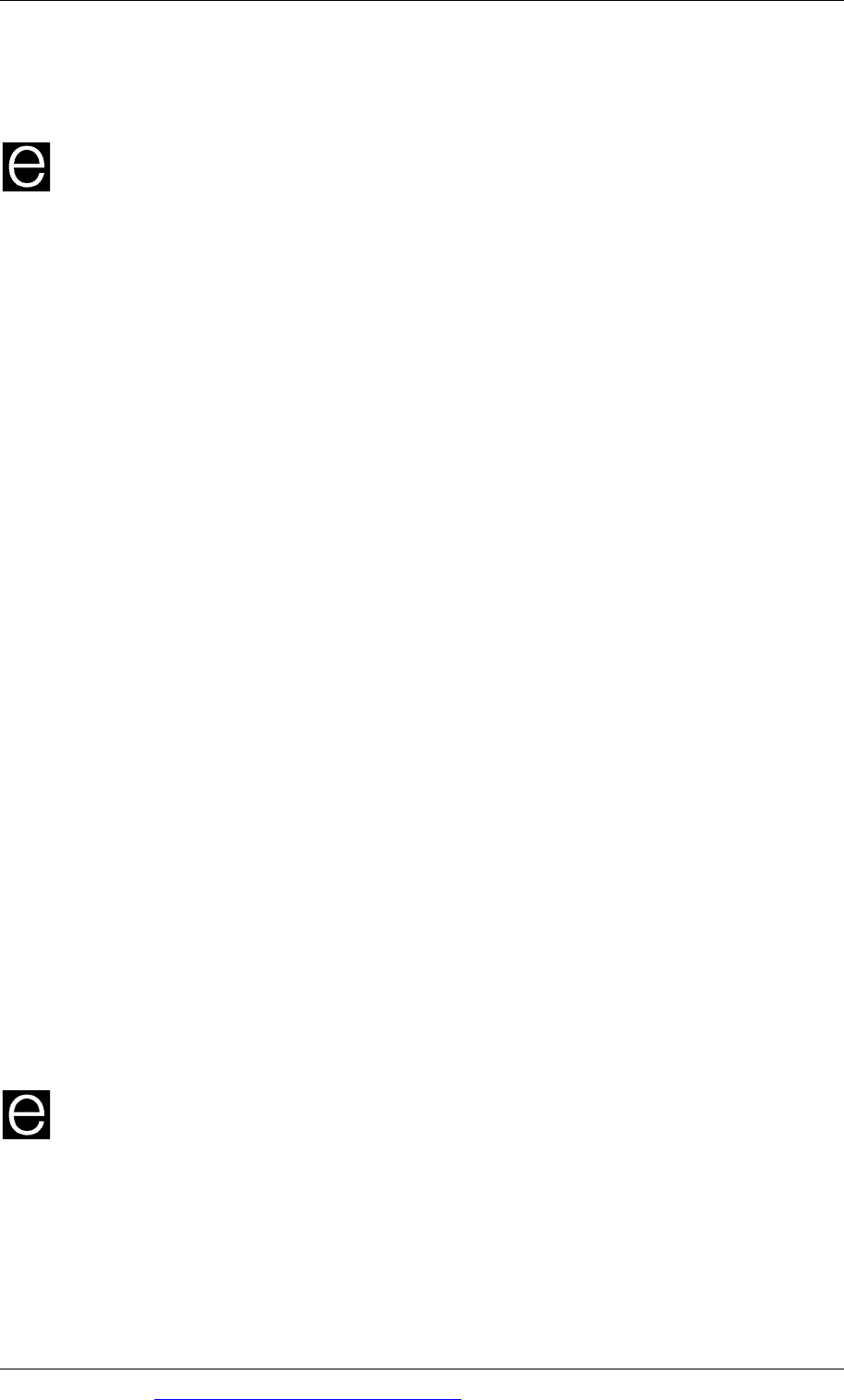
Chapter 19: Foreign exchange risk
© EWP Go to www.emilewoolfpublishing.com for Q/As, Notes & Study Guides 389
This concept might seem unusual and difficult to understand, and an example
might help to illustrate the nature of futures contracts.
Example
It is August. A UK company has sold goods to a US customer for $600,000, with
payment due at the end of December. It wants to hedge its exposure to currency
risk.
The most usual methods of hedging this risk would be a forward exchange contract
or a money market hedge.
However, the company might decide to hedge the risk exposure with currency
futures. Futures contracts are available for buying or selling sterling in exchange for
US dollars, and the standard amount for a sterling-dollar future is £62,500. The UK
company will be receiving US dollars in December, so it will want to sell dollars and
buy sterling.
It can therefore buy an appropriate quantity of sterling-dollar December futures,
which fix an exchange rate for the purchase of a quantity of dollars.
At the end of December, the company will receive $600,000 at sell these in exchange
for sterling at the spot rate. It will also settle its futures contracts. The contracts are
settled by payment of the difference between the exchange rate agreed in the
contracts and the current spot rate at the settlement date for the contract. This might
involve a receipt or a payment, depending on whether the spot rate at settlement is
more favourable or less favourable than the rate agreed in the futures contract.
Currency futures provide a hedge because:
If the spot rate moves adversely between August and December, there will be an
offsetting profit on the futures position.
On the other hand, if the spot rate moves favourably for the UK company
between August and December, there will be an offsetting loss on the futures
position.
In principle, the gain or loss on the futures position, taken together with the spot
rate at settlement date, means that the exchange rate was effectively ‘fixed’ when the
futures contracts were arranged in August.
Example
It is April. A US company has sold goods to a customer in France for €1,000,000,
with payment due at the end of June. It wants to hedge its exposure to currency risk.
It could hedge the exposure with a forward contractor a money market hedge, and
these are the most likely types of hedge that will be used. However the company
could hedge its position with June futures.

Paper F9: Financial management
390 Go to www.emilewoolfpublishing.com for Q/As, Notes & Study Guides © EWP
In June, it will receive payment in euros and will want to exchange the euros into
US dollars. It therefore wants to buy dollars and sell euros. Futures contracts are for
€125,000, so it will sell 8 June futures (= €1,000,000/€125,000 per contract) at a price
agreed in the contract.
At the end of June it will sell the euros it receives at the spot rate in exchange for
dollars. When the futures are settled there will be a gain or loss on the contracts,
depending on the difference between the exchange rate in the futures contract and
the spot exchange rate in June when the futures are settled.
Taking the dollars received from selling the euros ‘spot’ in June, and the gain or loss
on the futures dealing, the net effect will be to fix an effective forward rate for the
euros against the dollar when the futures are sold in April.
7.3 Closing out a futures position
Futures contracts are for settlement in March, June, September or December. A
company using futures to hedge a currency risk exposure might want to hedge a
currency risk that will occur at a date that does not coincide with the settlement date
for a futures contract.
This problem is overcome by closing out a futures position.
If a company has bought September futures, it can close its position by selling an
equal number of September futures before settlement date in September, at any
time to suit its requirements. On closing out the position there is a gain or loss,
which is the difference between the price at which the original futures were
bought and the price at which they were sold.
If a company has sold September futures, and has a ‘short position’ in the
futures, it can close its position by buying an equal number of September futures
before settlement date in September, at any time to suit its requirements. On
closing out the position there is a gain or loss, which is the difference between
the price at which the original futures were sold and the price at which futures
were bought to close the position.
7.4 Other features of currency futures
Other features of currency futures that should be noted are as follows.
It is not usually possible to arrange a ‘perfect hedge’ for a currency risk exposure
with futures contracts. This is because futures contracts are for a standard
amount of a currency, and the exposure might not be for a convenient multiple
of this standard amount.
The current exchange rate for buying or selling currency futures is never the
same as the current spot exchange rate, until the futures contract eventually
reaches settlement date. If a position is closed out before then, the hedge will not
be ‘perfect’.
Buying or selling futures therefore rarely provides a perfect hedge for a currency
risk. This fact, combined with the relative simplicity of arranging a forward contract
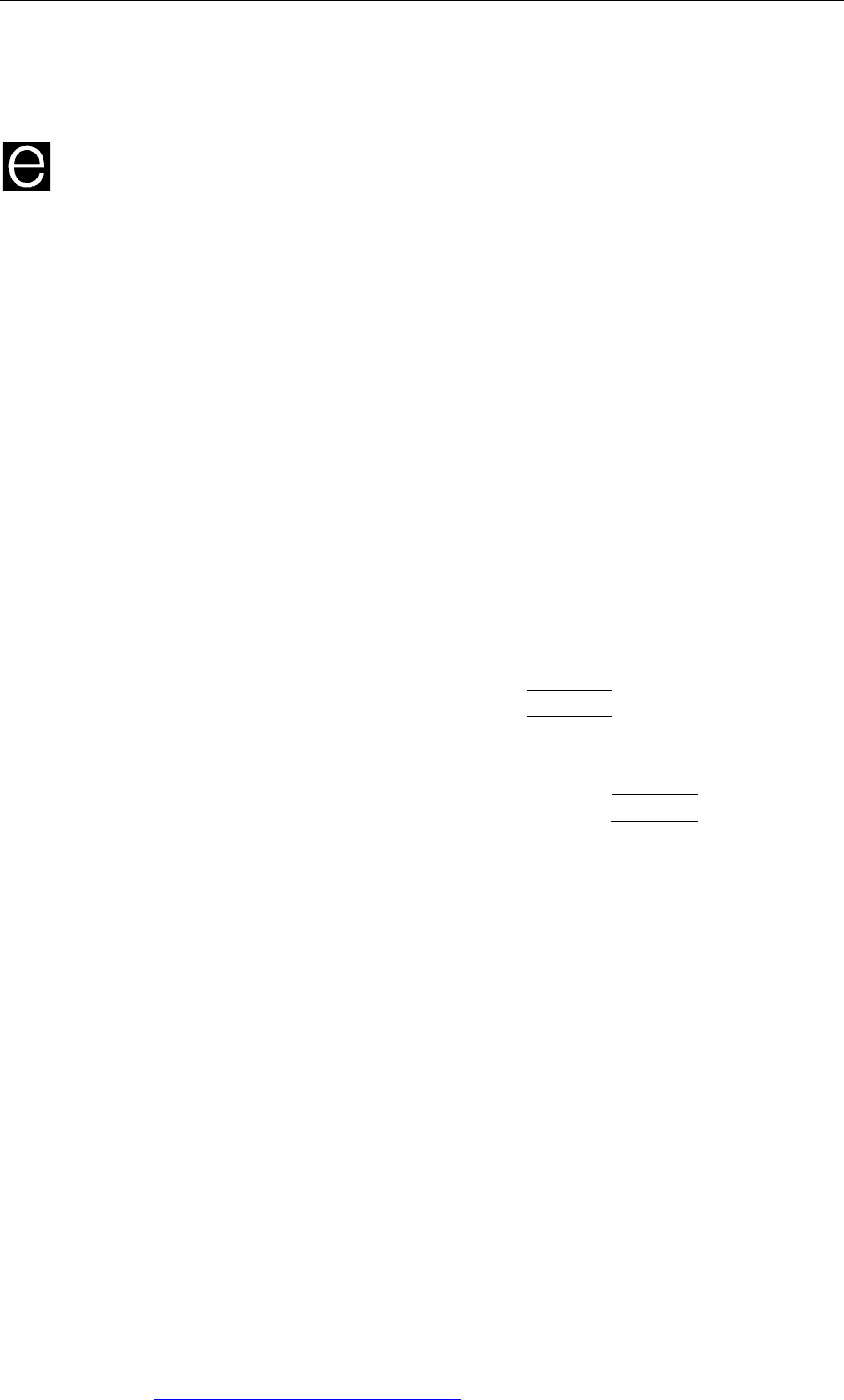
Chapter 19: Foreign exchange risk
© EWP Go to www.emilewoolfpublishing.com for Q/As, Notes & Study Guides 391
or a money market hedge, explains why futures are not often used by non-bank
companies for hedging currency risk.
Example
This final example of currency futures might help to show how futures provide a
hedge against currency risk. The example is simplified.
It is May. A US company expects to receive £250,000 from a UK customer at the end
of September and wants to hedge the currency risk with futures.
Sterling-US dollar futures are for £62,500. The US company will receive payment in
sterling and will therefore want to sell sterling in exchange for dollars at the end of
September. It should therefore sell 4 September futures (= £250,000/£62,500 per
contract). Suppose the price for the sale of the futures is $1.9800 to £1.
At the end of September, the company receives £250,000 from the UK customer and
sells this money at the spot rate, which is $1.9600. It also settles its futures contracts,
and the settlement price for these contracts is the same as the spot rate, $1.9600.
The situation is as follows:
$ $
Original sale price of futures 1,9800
Purchase price at settlement 1.9600
Gain on futures trading (per £1) 0.0200
× 4 contracts × £62,500 per contract
Total gain on futures dealing 5,000
Revenue from sale of £250,000 spot (× $1.9600)
490,000
Total income 495,000
This gives an effective exchange rate of $495,000/£250,000 = $1.9800 to £1.
This was the exchange rate at which the futures were sold in May. Hedging with
futures therefore fixed an effective exchange rate of $1.9800.
7.5 Options
An option is another type of derivative contract. However an option contract differs
from a normal contract. In a normal contract both parties have a legal obligation to
carry out the terms of the contract agreement. For example a futures contract
commits the buyer and the seller to their contract obligation.
An option contract, however, gives the buyer of the option a choice about whether
to enforce the terms of the contract agreement or whether to let the contract lapse.
An option gives its holder the right, but not the obligation, to take a particular
course of action at sometime in the future. Typically, an option gives its holder the
right, but not the obligation, either to buy or to sell a quantity of a particular item on
or before a specified date in the future, at a price that is fixed in the contract.

Paper F9: Financial management
392 Go to www.emilewoolfpublishing.com for Q/As, Notes & Study Guides © EWP
A currency option give the buyer of the option the right, but not the obligation
either to buy or sell a quantity of currency in exchange for another currency, on or
before a specified date in the future, at an exchange rate (‘strike rate’ or ‘exercise
rate’) that is specified in the option contract.
Call options and put options
Financial options are either call options or put options.
A call option gives its holder the right to purchase the underlying item in the
option agreement.
A put option gives its holder the right to sell the underlying item in the option
agreement.
For example, a call option on $1,000,000 might give the option holder the right to
buy $1,000,000 in exchange for British pounds on a specified date in three months
time, at an exercise rate of, say, $2 to £1.
A put option on $1,000,000 might give its holder the right to sell $1,000,000 in
exchange for sterling at an exercise rate of, say, 1.9800 on or before a specified date
in six months’ time.
Expiry date: American-style and European-style options
An option agreement has an expiry date, after which the option lapses and the
agreement comes to an end.
An American-style option can be exercised by its holder at any time on or before
the expiry date.
A European-style option can be exercised only at the expiry date for the option
and not before.
The terms ‘American’ and ‘European’ do not refer to the countries where these
types of option are available. Both types of option agreement are made throughout
the world.
For example, if a company holds an American-style call option to buy US$500,000 in
exchange for euros at a rate of 1.5000 (US$/€1) with an expiry date of 20
th
September, the company can exercise its right to buy the $500,000 at the agreed rate
at any time up to and including 20
th
September. However, if the option is not
exercised by that date, it will lapse (cease to exist).
Option premium
An option has value to an option buyer, because it gives a right that can be exercised
at the choice of the option holder. The seller of the option, or option ‘writer’, has a
contractual obligation to comply with the terms of the option contract if the option
is exercised by its holder; but the option seller has no rights if the option holder
allows the option to lapse.
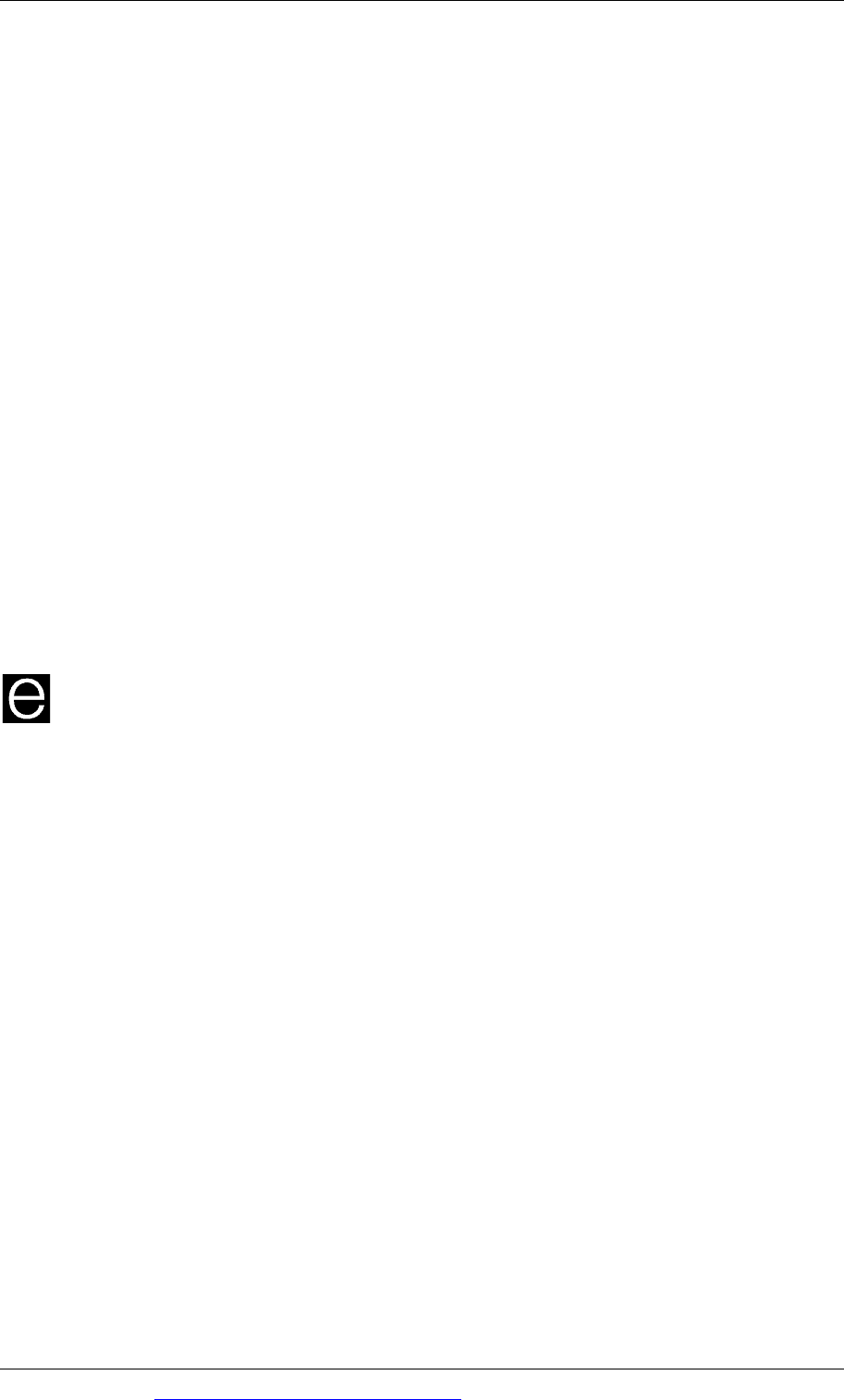
Chapter 19: Foreign exchange risk
© EWP Go to www.emilewoolfpublishing.com for Q/As, Notes & Study Guides 393
Option buyers must therefore pay the option seller (option writer) for the option.
The purchase price for an option is called the premium.
The premium is paid when the option contract is arranged. It is non-refundable, and
the option writer receives the option no matter whether it is eventually exercised or
allowed to lapse.
7.6 Features of currency options
The main features of currency options are as follows:
A currency option gives its holder the right to buy (call option) or sell (put
option) a quantity of one currency in exchange for another, on or before a
specified date, at a fixed rate of exchange (the strike rate for the option).
Currency options can be purchased over-the-counter or on an exchange. In
practice, companies buying call or put currency options do so in over-the-
counter deals with a bank.
Traded currency options are bought and sold on an options exchange.
7.7 Hedging risks with currency options
An important feature of hedging currency risks with options is that they give the
option holder a choice. Some examples will be used to illustrate how this operates.
Example
A UK company expects to receive $5 million from a US customer in six months time.
The dollar-sterling exchange rate is volatile, and the UK company cannot predict
which way it thinks the exchange rate will move, up or down. The current spot
exchange rate is $1.9800 = £1.
It therefore decides to hedge its exposure to risk with a currency option. It wants to
sell the dollars it receives in six months time, therefore it can buy a put option on $5
million, with an expiry date in six months. The exercise rate might be $1.9900. The
bank that writes the option will charge a suitable premium.
At the expiry date for the option, if the spot exchange rate is higher than $1.9900,
the company will exercise its option to sell $5 million at the strike rate of $1.9900.
The income in sterling will be £2,512,563 (less the premium paid initially to buy
the option).
At the expiry date for the option, if the spot exchange rate is lower than $1.9900,
the company will not exercise the option. Instead it will sell the $5 million it
receives at the available spot rate. For example if the spot rate is $1.9500, the
company will let the option lapse and sell its $5,000,000 at $1.9500 to earn
£2,564,103 (less the premium paid initially to buy the option).
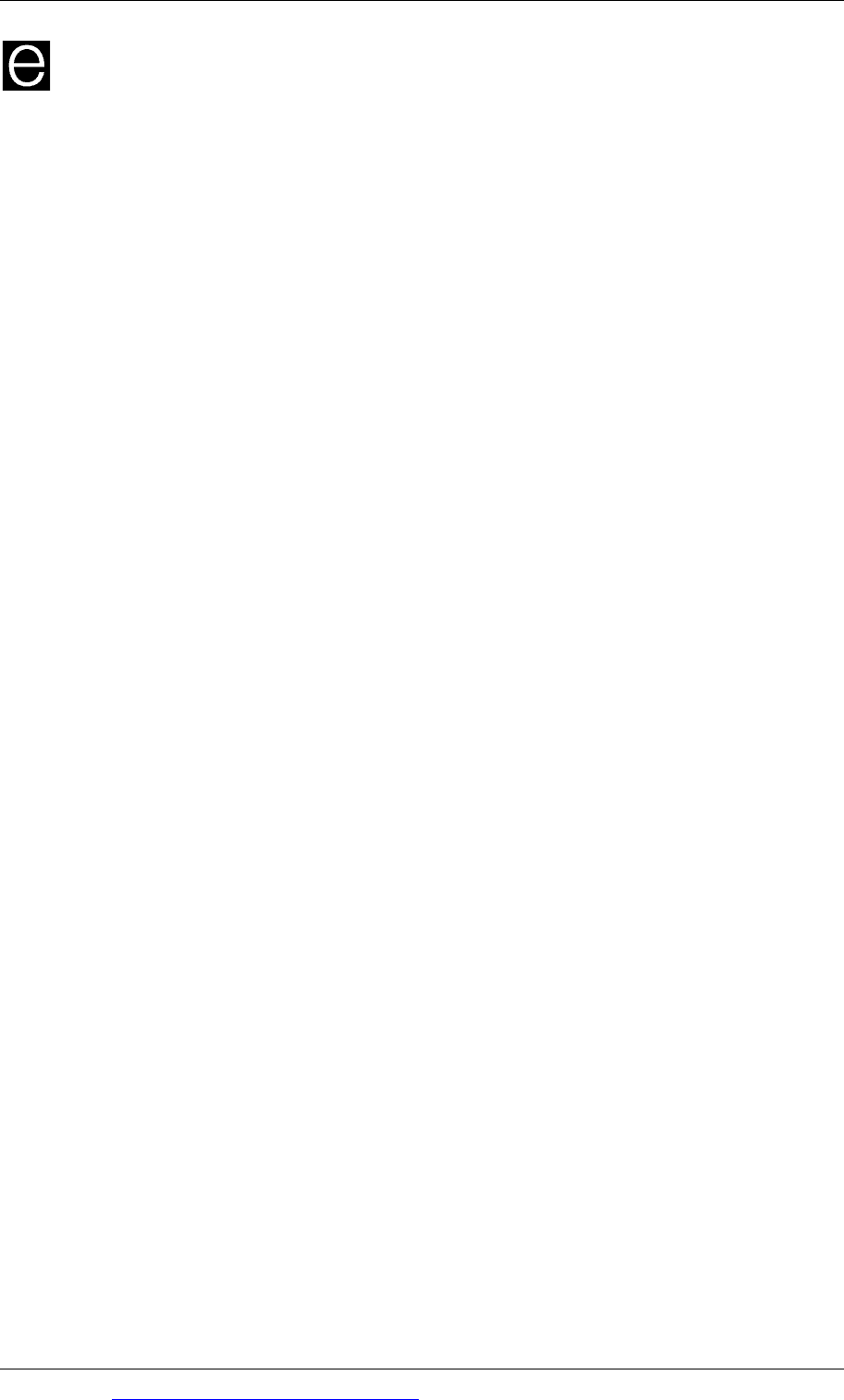
Paper F9: Financial management
394 Go to www.emilewoolfpublishing.com for Q/As, Notes & Study Guides © EWP
Example
A German company expects to pay $3 million to a US supplier in three months time.
It cannot predict which way the dollar-euro exchange rate will move, up or down.
The current spot exchange rate is $1.6000 = €1.
It therefore decides to hedge its currency risk with an option. It needs to buy US
dollars, so it will arrange to buy a call option on $3 million with an expiry date in
three months time. The strike rate in the option might be $1.6200 and an appropriate
premium will be charged by the bank that writes the option.
At the expiry date for the option, if the spot exchange rate is lower than $1.6200,
the company will exercise its option to buy $3 million at the strike rate of
$1.6200. The cost will be €1,851,852 (plus the premium paid initially to buy the
option).
At the expiry date for the option, if the spot exchange rate is higher than $1.6200,
the company will not exercise the option. Instead it will buy the $3 million at the
available spot rate. For example if the spot rate is $1.6500, the company will let
the option lapse and buy the $3,000,000 at $1.6500. This would cost €1,818,182
(plus the premium paid initially to buy the option).
7.8 Advantages and disadvantages of hedging with options
The advantages of an option for the option buyer are that:
it gives the option holder the right to buy or sell currency at the spot rate f this is
more favourable than the strike rate in the option
it gives the option holder the right to exercise the option and buy or sell at the
strike rate if this is more favourable than the spot rate.
The key problem with an option is its cost. The cost of the premium might exceed
the benefits.
7.9 Currency swaps
Swaps are another form of derivative. Whereas currency futures and options are
fairly short-term in nature, with settlement dates or expiry dates in the next few
months, swaps are longer in duration and can operate over a period of many years.
A swap is a contract between a bank and a customer (a company) in which the two
parties agree to exchange or ‘swap’ payments over the term of the swap.
A currency swap involves one party making payments in one currency and the
other party makes payments in exchange in a second currency.
These contractual payments can be used to fix an exchange rate over a period of
several years, for currency exposures that arise over a similar period of time.
Companies can also use currency swaps to borrow at a favourable interest rate in
the international loans or bonds markets, and swap their liabilities into a currency of
their preference. This could enable them to borrow more cheaply than borrowing
directly in the currency of their preference.
